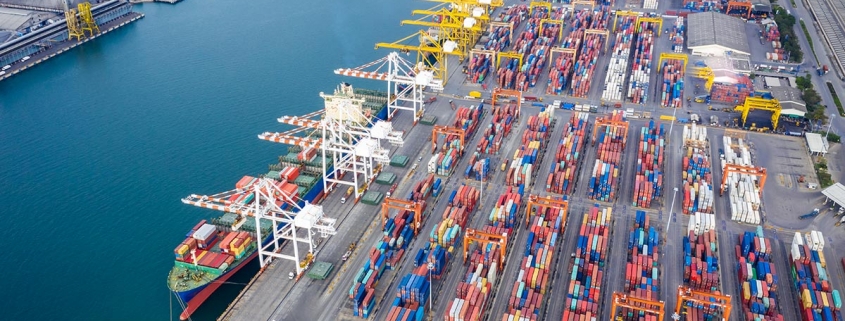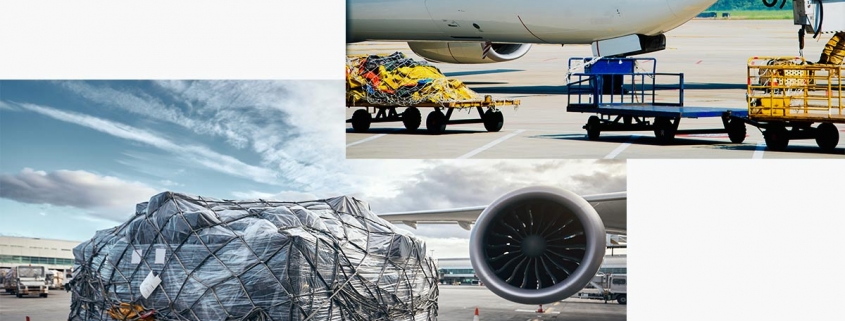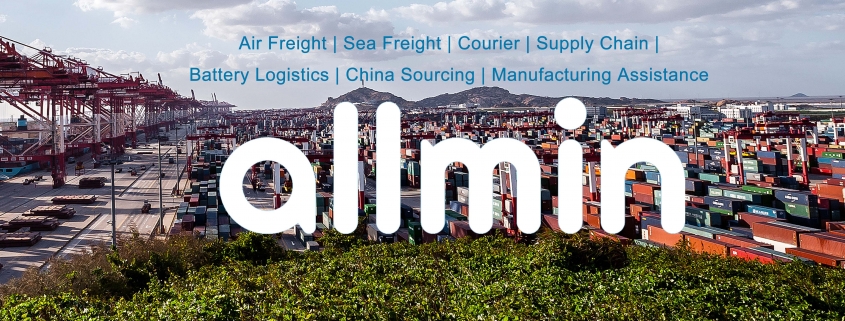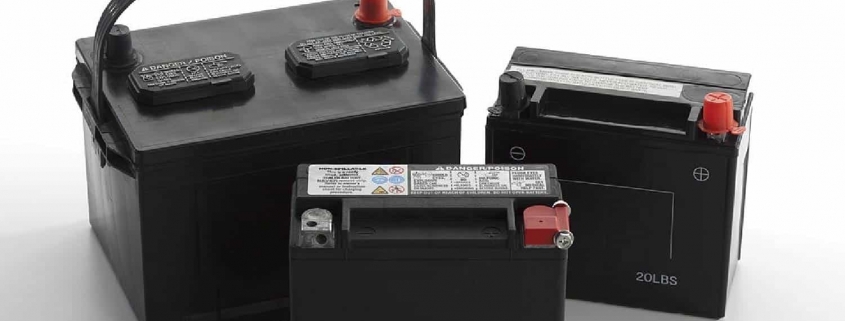Known as the “world’s factory,” China has played an indispensable role in the global industry chain with a large number of original equipment manufacturers (OEMs) covering various segments, as their high-quality products fulfill global demand.
However, domestic OEMs in the past have usually generated profits by just manufacturing and processing products behind the scenes.
Following the advent of the e-commerce era, a more accessible global network and enhanced government support, many Chinese OEMs now are beginning to look beyond the OEM business itself to step into the global market with their own in-house brands.
A survey in 2021 showed that 93 percent of Chinese sellers have clearly recognized the significance of establishing a brand while the number of Chinese sellers who have completed brand registration on Amazon’s global site has increased 40-fold over the past four years, while 14 percent of Chinese brands on Amazon already have registered trademarks in more than five countries or regions, media outlet yicai.com reported, citing Yang Jun, vice president of Amazon China.
While more and more OEMs have been aiming to establish their own brands and go abroad, industry insiders have shared their stories of transformation with the Global Times.
An ‘ambitious’ step
The majority of the profits generated by sales used to flow to foreign clients who hold the trademarks, Cai Jun, also known as Richard Cai, vice president of international business of Beijing Puppy Vacuum Cleaner Group Co (Puppy) told the Global Times on Tuesday.
Cai said that the company completely cut off its OEM segment in 2021 and has been fully concentrating on developing and promoting its own vacuum brand in overseas markets.
Puppy has been in the vacuum manufacturing industry for 23 years dedicated to operating its OEM business, and their products have been sold in 86 countries and regions, said the company’s official website.
Puppy is a representative of many domestic OEMs which have been going through an important transformation phase, aiming to explore the international markets under brands tagged with their own names.
Lan Runqiong, vice president and CEO assistant of Cifnews (Xiamen) Cross-border e-commerce Co, an internet platform helping bring Chinese brands to the world, said the trend toward transformation became very clear from 2020 onwards following some leading companies’ successful launches and operation overseas.
Lan added that operating a new brand overseas has become a mainstream of cross-border e-commerce for Chinese companies.
Cai echoed the trend, adding that more Chinese brands and Made-in-China products will be able to enter the international market following China’s continuous economic achievement and development under government support.
Meanwhile, Cai also noted that Chinese brands now are increasingly favored by overseas consumers after the successful landing of some leading Chinese enterprises such as Huawei and Xiaomi, which have gained high recognition and will drive more high-quality domestic brands and products to follow the path.
Lan added that the company has assisted more than 80 Chinese companies go abroad, including some brands have previously focused on OEM or original design manufacturer with strong research and production capacity.
Cifnews links various e-commerce platforms from global countries and regions with suitable Chinese enterprises through market analysis.
Lan also said that traditional Chinese trade companies and factories previously have already established a cognitive sense for foreign products.
Through the continuous improvement of production, research and development (R&D), coupled with the upgrading of China’s intelligent manufacturing and R&D capabilities, China’s product power has been continuously improving, Lan added.
Therefore, more Chinese brands will have opportunities to become well-known internationally.
Opportunities and challenges
For OEMs going through or seeking to explore the transformation, the market potential is clearly huge with favored business environment and support, while challenges still remain for them to work out for the long-term development.
Lan stressed that enterprises firstly need strong determination and enough preparation with high-quality products for the transformation, which will take a while.
Lan also noted that the current global market is more demanding on the supply chains, which will offer a greater chance for Chinese enterprises to succeed overseas.
For Chinese OEMs seeking to make this pivot, Cai and Lan noted that it was important to meet certain criteria and conditions.
For instance, enterprises have to start off having a certain product or category which have a relatively large international market demand, according to Cai.
He added that the transformation will require procedures like registering for corresponding trademarks as well as obtaining relevant certification from targeted countries or regions on top of meeting other necessary requirement, such as meeting local environment standards.
Along the journey, Lan stressed the importance of improved market sensitivity and foresight.
Both Cai and Lan emphasized the necessity of having a well established and managed team in order to support enterprises, such as a strong capacity for supply chain management.
As for the impact of the COVID-19 pandemic, Cai said that the shipping cost and some countries increasing tariffs have affected the business operation, which is now gradually returning back to normal.
Lan added that the impact of the pandemic on the industry chain is becoming less acute, and China has already established a long-standing industrial advantage.











